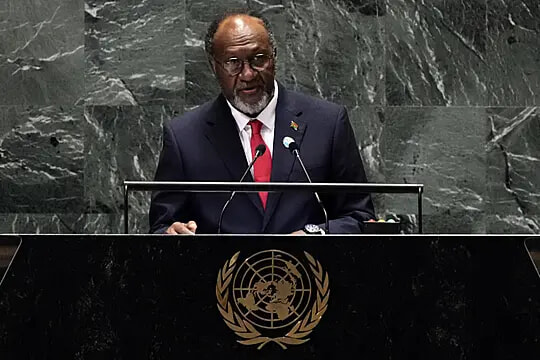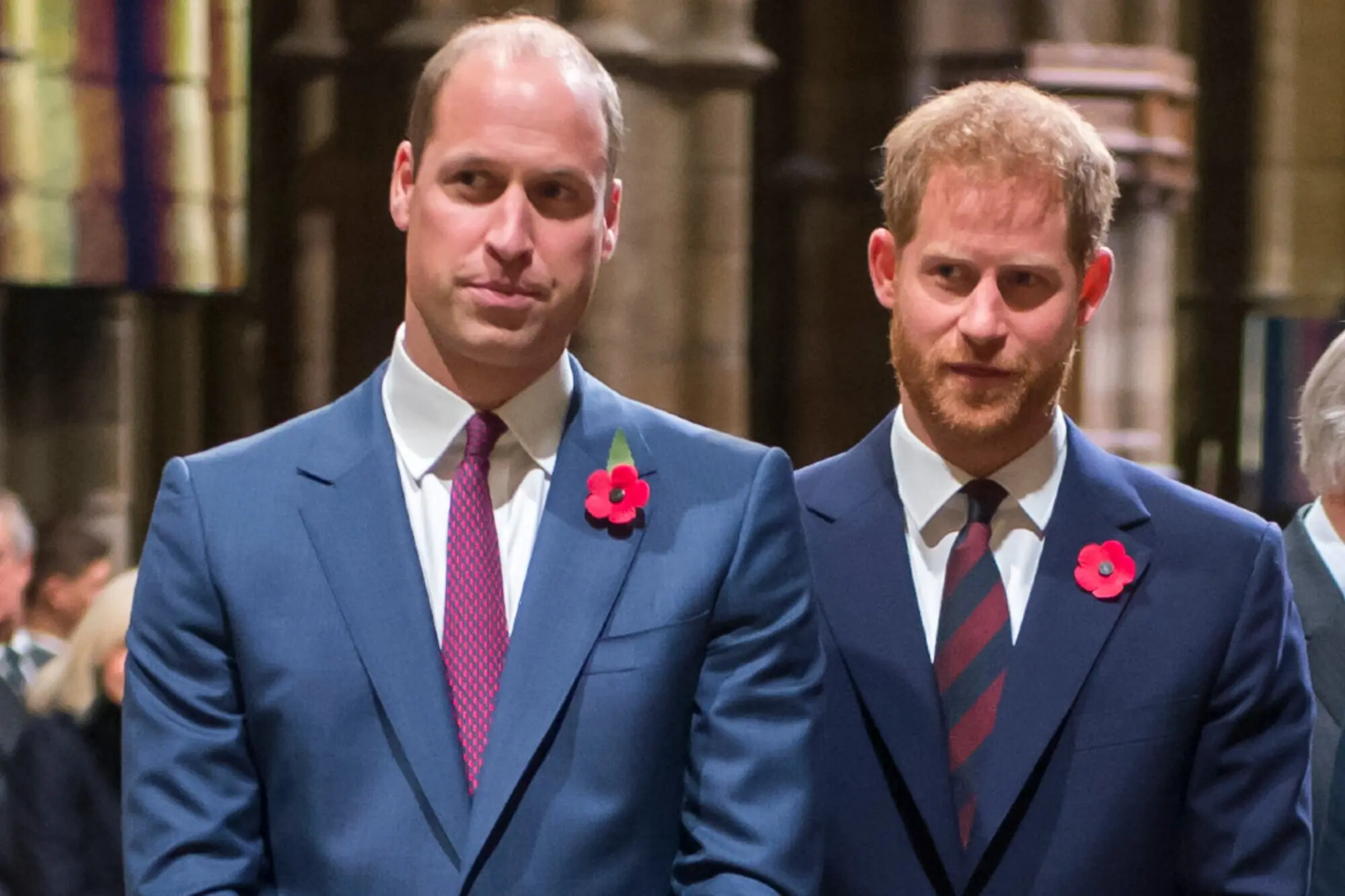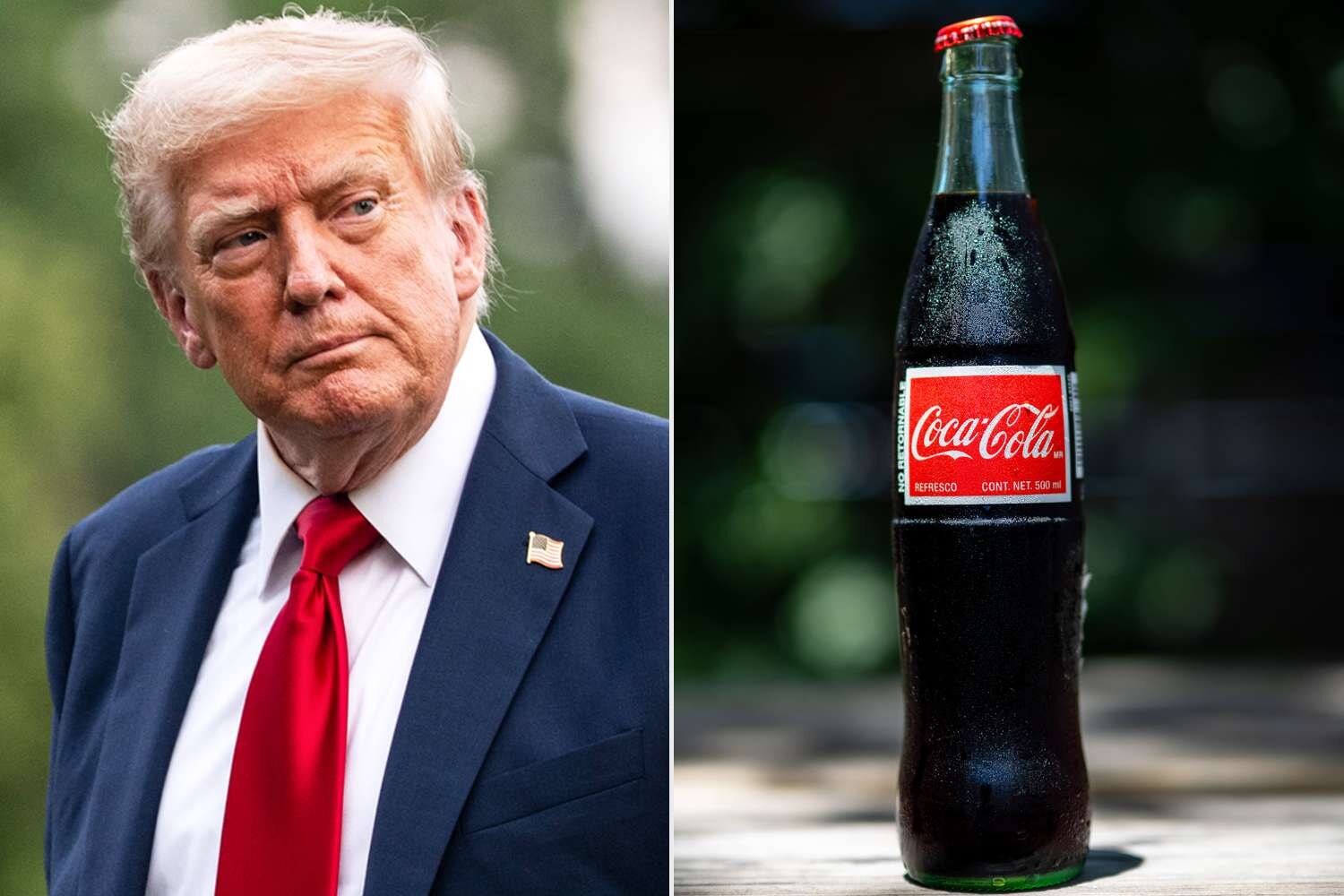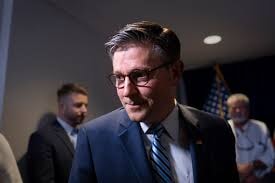
RFK Says He Wants Every American to Have a Wearable By 2029
Thoughts?
Published June 30, 2025
Advertisement
Advertisement
1. A Vision for a Nation of Wearables

In a sweeping declaration before Congress, Health and Human Services Secretary Robert F. Kennedy Jr. unveiled his ambition to see every American don a wearable health device within four years, framing this as a cornerstone of the “Make America Healthy Again” agenda. Kennedy’s announcement, made during a House Energy and Commerce Health Subcommittee hearing, promised one of the largest advertising campaigns in HHS history, designed to put smartwatches, fitness trackers, and health monitors on the wrists of the entire country. His message was clear: wearables are not just tech accessories, but a means for Americans to take responsibility for their own health by tracking glucose levels, heart rates, sleep patterns, and physical activity. Citing personal stories of friends who transformed their lives through continuous glucose monitoring, Kennedy positioned wearables as transformative and potentially life-saving, particularly in the fight against chronic diseases like diabetes and obesity. He contrasted the price of a wearable, which might be $80 to $300, with medications like Ozempic that cost over $1,000 a month, asserting that affordable tech could save Americans money and improve outcomes. Kennedy’s campaign is set to be the largest of its kind for HHS, with partnerships and support from top health tech companies and industry leaders. The market responded quickly, with shares of device makers like Abbott and Dexcom rising on news of the government’s push. Kennedy believes this bold move will empower people to make better judgments about their lifestyles, their diets, and their physical activity. He hopes to foster a culture where individuals can interpret real-time feedback and change habits before problems develop. Yet, while Kennedy’s vision is ambitious, it comes with complex challenges and questions that will define the debate for years to come. The next four years could fundamentally reshape how Americans interact with their health—and with the technology designed to protect it.
Advertisement
2. The Campaign’s Scope and Promises

Kennedy’s vision hinges on an unprecedented federal advertising campaign meant to normalize and encourage the daily use of wearables, from Apple Watches and Oura rings to more advanced health monitors. He told Congress that HHS is ready to invest in widespread messaging and education, making wearable adoption not only a personal health decision but a public movement. The campaign will tout the benefits of devices that can track more than just steps—monitoring heart rhythm, blood pressure, sleep apnea, and even early signs of viral infection. By partnering with private sector leaders in health technology, Kennedy’s initiative seeks to expand access and awareness, while also driving innovation. He emphasized that this push is about more than gadgets; it’s about creating an environment where health data and awareness are mainstream, helping Americans intervene earlier and manage chronic diseases with real-time feedback. Health tech companies are poised to benefit from this government-backed effort, seeing a surge in demand and likely a jump in revenue as Americans respond to the call. Kennedy is also working to make wearables more affordable and accessible, exploring ways for costs to be covered through insurance or other public programs. His approach is designed to shift health monitoring from occasional doctor visits to daily, individualized self-care, powered by technology. Still, the rollout raises questions about how well these devices will serve the entire population, especially those in marginalized or rural communities. To succeed, the campaign will need to overcome barriers of cost, access, and digital literacy, ensuring no American is left behind. Whether the campaign will achieve its ambitious targets depends on navigating these real-world obstacles in the years ahead.
Advertisement
3. The Promise and Pitfalls of Health Data

The rapid adoption of wearables offers the potential for a nationwide early warning system, alerting users to risks long before symptoms surface. Continuous glucose monitors, heart-rate trackers, and sleep sensors are increasingly viewed as frontline defenses in the fight against chronic disease, promising proactive, personalized care. Kennedy and proponents say these devices could empower millions to make smarter choices and reduce healthcare costs by catching issues early. Yet, experts caution that much of the data produced by wearables is not yet validated by large-scale, peer-reviewed research, especially in populations without existing health conditions. Some studies have shown that the accuracy of certain wearables falls short of medical gold standards, and can sometimes mislead users or fuel medical anxiety. The evolving science around these devices means that consumers must balance optimism with skepticism, understanding the limits as well as the potential. For people with specific conditions like diabetes, the benefits of real-time monitoring are clear, but for the average healthy user, the picture is less certain. Despite the hype, doctors warn against self-diagnosis or treatment based solely on wearable data, emphasizing the need for medical guidance. Wearable technology is not a cure-all, and its success will depend on how well consumers can interpret and act on the information they receive. Kennedy’s campaign aims to educate Americans on using these tools responsibly, integrating them into broader health and wellness plans. The success of the initiative will ultimately be measured by improved health outcomes and a more health-literate society.
Advertisement
4. Industry Impact and the Marketplace

Kennedy’s announcement has sent ripples through the tech and health industries, promising a windfall for manufacturers and a shift in healthcare delivery. Device makers, from Apple to Dexcom and Abbott, saw their stocks rise in response to the prospect of government-fueled demand for wearables. Health technology executives have already met with HHS, discussing opportunities and expectations for scaling up supply and innovation. The government’s campaign stands to blur the lines between public health initiatives and private-sector growth, as the market for wearables expands at a record pace. Wearables now go far beyond step-counting, offering monitoring for conditions like atrial fibrillation and sleep apnea, with FDA approvals for new features coming rapidly. Major players are investing in research and data collection, hoping to position themselves as essential partners in the public health movement. Kennedy’s emphasis on affordable tech as an alternative to expensive medication could realign healthcare spending, with insurance and public programs possibly footing the bill for some devices. Startups and established companies alike are jockeying for position, eager to shape and profit from the new normal Kennedy envisions. This intersection of government policy and consumer technology is poised to transform both industries, creating new opportunities—and responsibilities. However, the explosion in wearable use also brings new regulatory, privacy, and ethical challenges for both the public and private sectors. The next phase will test whether the industry can deliver on the promise of better health for all, while protecting consumer rights and public trust.
Advertisement
5. Privacy Concerns and Data Security

One of the most contentious aspects of Kennedy’s wearables agenda is the management and protection of sensitive health data. Wearables collect a vast array of personal health metrics, often storing information in the cloud and making it potentially accessible to advertisers, researchers, or even hackers. Privacy advocates and civil liberties groups warn that current legal guardrails are insufficient to prevent the misuse of this data by employers, insurance companies, or third parties. The risk of breaches and identity theft is high, with reports already emerging of health data being sold or compromised without user consent. Kennedy’s team acknowledges these risks, promising to explore stricter protections and transparency as part of the campaign’s rollout. But critics note that the technological infrastructure needed to secure such a massive influx of health data is not yet in place. The debate extends to questions about how data collected from wearables might be used by the government, with some reports suggesting it could even be analyzed for research into conditions like autism. Americans are being asked to weigh the potential health benefits against the possible erosion of privacy and autonomy in a new, data-driven health landscape. For the campaign to succeed, HHS will need to address public fears head-on, establishing clear rules and robust safeguards. The lessons learned here will have profound implications for the future of digital health and the broader debate over personal privacy in the tech era. Ultimately, trust will be as important as technology in determining whether wearables become a fixture of American life.
Advertisement
6. Mixed Evidence and Medical Skepticism

While the federal campaign promises sweeping health benefits, the medical community remains divided over the real-world impact of widespread wearable use. Some practitioners celebrate wearables as tools that empower patients, encouraging healthier habits and closer attention to risk factors. Others caution that the devices can provoke medical anxiety, promote self-diagnosis, and lead to unnecessary or inappropriate interventions. There is concern that not all Americans will benefit equally, especially those with limited access to technology, support, or healthcare literacy. Current research does not universally support the efficacy of wearables for people without specific medical conditions, and device accuracy varies widely. Doctors worry about patients relying on tech instead of medical advice, or misinterpreting readings that may not reflect true health status. The cost of devices—sometimes hundreds of dollars a month—also poses a barrier for many, despite Kennedy’s assurances that HHS will seek ways to subsidize costs. Without robust education and ongoing clinical guidance, critics argue that wearables could worsen disparities rather than solve them. The campaign will need to incorporate lessons from these critics, balancing technological optimism with evidence-based medicine. Policymakers must ensure that public messaging is realistic and grounded in science, not just marketing. The measure of success will be how well the campaign narrows health gaps and delivers measurable improvements across all communities.
Advertisement
7. Political Context and Leadership

Kennedy’s advocacy for wearables comes as he carves out a unique public health platform, blending support for preventive tech with skepticism toward some mainstream medical consensus. As HHS Secretary, Kennedy has long promoted diet and lifestyle changes as preferable to pharmaceuticals for chronic disease prevention and management. He has sharply criticized expensive medications, arguing that affordable tech can achieve similar or better results for far less money. Kennedy’s approach has won fans among some reformers and health-tech entrepreneurs but has also attracted critics wary of his views on vaccines and the medical establishment. Earlier this year, Kennedy drew controversy for abruptly firing all members of a CDC vaccine advisory panel and replacing them with appointees less supportive of vaccination. He has faced scrutiny for his stances on various health topics, which some experts argue could undermine public trust in federal health policy. Despite these controversies, Kennedy insists that his campaign for wearables is rooted in empowering individuals and improving public health outcomes. The “Make America Healthy Again” agenda is as much about changing attitudes and behavior as it is about technology or spending. By prioritizing self-management and data-driven insights, Kennedy is attempting to push American healthcare into a new era—albeit one with unresolved debates. The intersection of politics, technology, and public health will define the success or failure of this ambitious campaign. Whether Kennedy’s leadership will unify or further divide opinion remains to be seen as the campaign unfolds.
Advertisement
8. Regulatory, Workforce, and Budget Implications

Beyond the wearables push, Kennedy’s HHS is also pursuing sweeping changes in staffing, regulation, and technology adoption. Kennedy has pledged major job cuts at HHS, aiming to reduce staffing levels to pre-pandemic numbers and save taxpayers an estimated $1.8 billion a year. He touts these cuts as a return to leaner, more efficient government, promising that technology will offset the loss of manpower. Artificial intelligence is playing an expanded role at HHS, with Kennedy promoting its use in diagnostics, fraud detection, paperwork, and drug review processes. The department’s efforts are part of a broader federal push to restore “gold standard science,” requiring agencies to embrace transparency, reproducibility, and technological innovation. Regulatory bodies are being asked to adopt new standards for open data, rigorous peer review, and public reporting, even as privacy and feasibility concerns persist. The agency’s plans also call for new employee training and annual progress reports to measure compliance with these evolving standards. At the same time, policymakers are debating whether health data generated by wearables should be publicly accessible for research, given privacy and security limitations. The push for open science, paired with a data-driven health strategy, reflects the changing expectations of both government and citizens in the digital age. The realignment of workforce, budgets, and regulatory philosophy is reshaping HHS—and could set precedents for agencies across the government. These far-reaching changes add another layer of complexity to Kennedy’s campaign and the future of public health.
Advertisement
9. The Future of Personalized Medicine

Wearable health technology represents just one front in a larger battle over the future of personalized, preventive medicine in the United States. By integrating wearables into daily life, Kennedy envisions a system where care is increasingly tailored to the individual, shifting the focus from treatment to prevention. This aligns with the growing trend of collecting real-time health data to drive decision-making, identify patterns, and anticipate medical crises before they escalate. Proponents hope that widespread adoption will create a more proactive, informed, and cost-effective healthcare system, reducing the burden on hospitals and physicians. The integration of AI and advanced analytics promises to further personalize health interventions, matching the right strategies to each individual’s unique needs. However, the dream of universal, data-driven medicine faces significant hurdles, from interoperability and accuracy issues to concerns about equity and accessibility. Insurers, regulators, and health systems must determine how to support and pay for this new paradigm, ensuring benefits are distributed fairly. Education will be critical to ensure users understand both the capabilities and the limits of their devices. Kennedy’s plan could accelerate this transformation, making the U.S. a global leader in wearable-driven health—if the campaign can deliver on its promises. The ongoing evolution of technology, medicine, and policy will determine how far and how fast personalized healthcare progresses. This is the frontier where the promise of wearables will be tested, with profound consequences for patients and providers alike.
Advertisement
10. Challenges and the Road Ahead

Kennedy’s all-in bet on wearables could fundamentally shift the American healthcare landscape, but the path is littered with challenges both technical and cultural. Winning public trust will require robust data protections, transparent policies, and clear evidence of health benefits, especially for those most skeptical of government initiatives. The success of the campaign will also hinge on partnerships between federal agencies, private companies, insurers, and local health providers. Uneven access to technology, disparities in health literacy, and the digital divide threaten to leave some populations behind unless addressed head-on. The campaign’s legacy will depend on its ability to promote equity, protect privacy, and deliver measurable improvements in health outcomes. If Kennedy’s vision can overcome these obstacles, wearables could become as commonplace and essential as smartphones or insurance cards. But if pitfalls—technical, ethical, or political—prove insurmountable, the campaign risks fueling backlash or deepening mistrust in digital health. Americans are entering an era where technology is increasingly at the center of healthcare decision-making, raising profound questions about autonomy and the role of the state. The next four years will be a critical test, not just for Kennedy’s agenda, but for the nation’s willingness to embrace a new model of health empowerment. Whether this initiative will make America healthier, more connected, or more divided remains an open question. The world is watching to see if the experiment in national wearable adoption succeeds—or serves as a warning for the future of digital medicine.
Advertisement
Advertisement
You May Also Like






